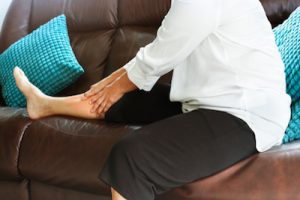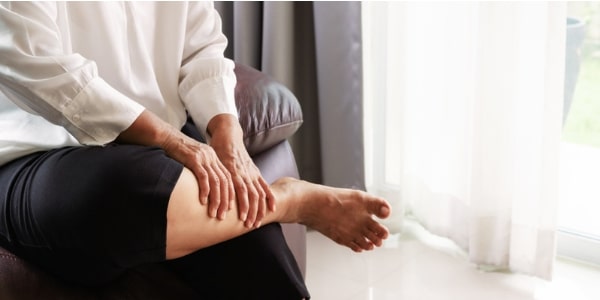For many women, menopause marks the beginning of a new chapter in their lives, one that is characterized by a variety of physical and emotional changes. Some of these changes can be especially distressing for some women. Most women will begin this climacteric change somewhere between the ages of 45 and 55; however, they will not officially enter menopause until they have gone 12 consecutive months without experiencing a period.
Once they have officially settled into menopause, many women will experience some of the following symptoms: hot flashes, insomnia, mood swings, vaginal dryness, leg cramps, and decreased libido.
What Can Women Expect Before Starting Menopause?
Before officially starting menopause, most women will first enter a transitional phase commonly referred to as perimenopause. This point in her life will be characterized by lighter periods and a decrease in estrogen production. While this may seem distressing to many women, it is quite normal and should serve as a clarion call to let them know that even bigger changes are on the way.
Menopause and Leg Cramps
Along with hot flashes, insomnia, mood swings, vaginal dryness and a decreased sex drive, many women will also experience painful leg cramps during their climacteric change. It is important to note that all of these changes are the result of a decrease in estrogen and progesterone hormones, which typically occurs once a woman’s periods have stopped for more than one year.
Although all of the changes that a woman has to endure during this time of her life will be challenging, many will find leg cramps to be the most difficult as the pain can sometimes last for 24 hours or more.
What Women Should Know About Leg Cramps During Menopause

Certain medications can also make leg cramps worse. If a woman is experiencing severe leg cramps due to medications she is taking, she should be seen by a physician who may be able to prescribe alternative medications or pain-relieving medications that specifically address her leg pain.
Leg Cramps and Insomnia
Although insomnia is in and of itself a symptom of a woman’s climacteric change, leg cramps can contribute to even more sleepless nights. Studies show that menopause-related leg cramps have been linked to restless leg syndrome and periodic limb movement disorder, both of which can make insomnia that much worse. Restless leg syndrome can also make leg cramps more painful as the condition is known to cause calf discomfort.
Treatments for Menopause-Related Leg Cramps
Menopause-related leg cramps do not endanger a woman’s health; instead, they are par for the course when it comes to menopause. However, there are several things that women can do to help ease painful symptoms. According to some studies, many women have found relief from leg cramps by periodically massaging their legs or by performing stretching exercises.
Also, some women have been able to relieve severe leg pain by taking calcium and magnesium supplements daily. Of course, not all treatments will work for all women. In many cases, it will be a matter of trial and error before a woman will come across a treatment that works for her.
Bottom Line
All in all, menopause is a natural change in a woman’s life that comes with a variety of physical and emotional challenges, some of which are more difficult than others. However, knowing what to expect and being prepared can make the entire process that much easier.





